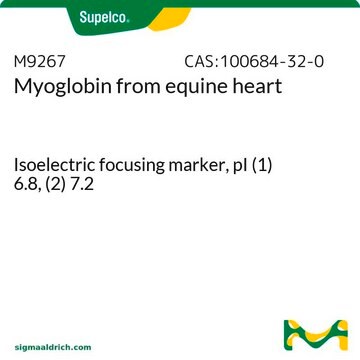O7252
Orange G
Dye content, ≥80%, certified by the Biological Stain Commission, powder
Synonym(s):
1-Phenylazo-2-naphthol-6,8-disulfonic acid disodium salt, 7-Hydroxy-8-phenylazo-1,3-naphthalenedisulfonic acid disodium salt, Acid Orange 10, Wool Orange 2G
About This Item
Recommended Products
product name
Orange G, certified by the Biological Stain Commission
grade
certified by the Biological Stain Commission
Quality Level
form
powder
composition
Dye content, ≥80%
color
orange to very dark orange
solubility
water: 1 mg/mL, clear
application(s)
diagnostic assay manufacturing
hematology
histology
storage temp.
room temp
SMILES string
[Na+].[Na+].Oc1ccc2cc(cc(c2c1\N=N\c3ccccc3)S([O-])(=O)=O)S([O-])(=O)=O
InChI
1S/C16H12N2O7S2.2Na/c19-13-7-6-10-8-12(26(20,21)22)9-14(27(23,24)25)15(10)16(13)18-17-11-4-2-1-3-5-11;;/h1-9,19H,(H,20,21,22)(H,23,24,25);;/q;2*+1/p-2/b18-17+;;
InChI key
HSXUHWZMNJHFRV-QIKYXUGXSA-L
Looking for similar products? Visit Product Comparison Guide
Related Categories
General description
Application
Suitability
Storage Class
11 - Combustible Solids
wgk_germany
WGK 3
flash_point_f
Not applicable
flash_point_c
Not applicable
ppe
Eyeshields, Gloves, type N95 (US)
Certificates of Analysis (COA)
Search for Certificates of Analysis (COA) by entering the products Lot/Batch Number. Lot and Batch Numbers can be found on a product’s label following the words ‘Lot’ or ‘Batch’.
Already Own This Product?
Find documentation for the products that you have recently purchased in the Document Library.
Customers Also Viewed
Our team of scientists has experience in all areas of research including Life Science, Material Science, Chemical Synthesis, Chromatography, Analytical and many others.
Contact Technical Service









